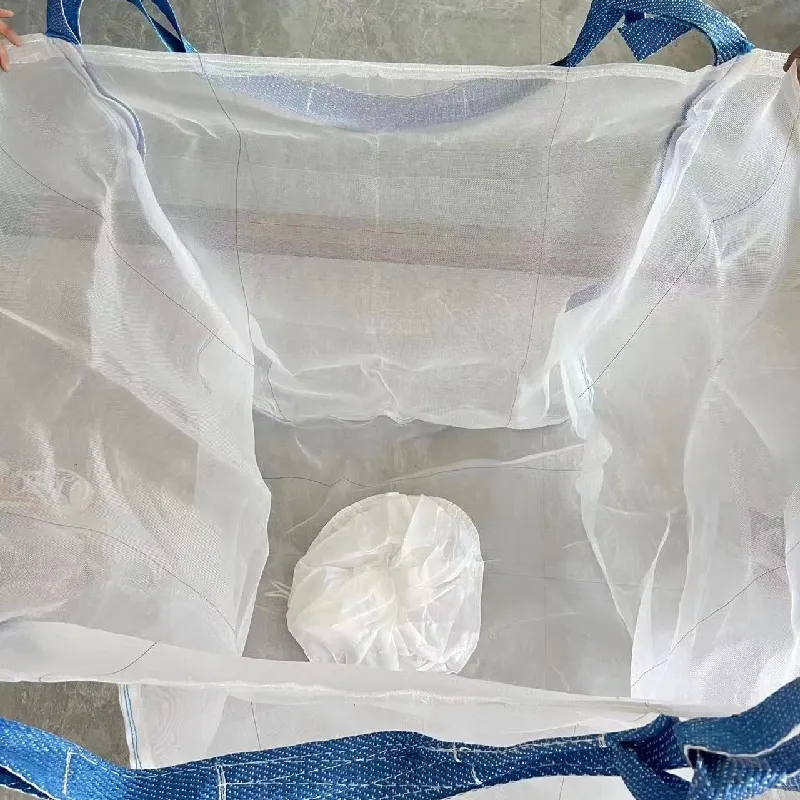2 月 . 16, 2025 08:11
Back to list
anti hail netting
The challenges of vineyard management are as varied as they are complex. One of the most persistent issues that vineyard owners encounter is the threat of hail damage. Hail netting for vineyards has emerged as a solution, providing a safeguard that not only protects the delicate grape clusters but also serves to enhance the quality and yield of the harvest. This innovative approach marries practicality with agriculture sustainability, ensuring vineyards remain productive despite unpredictable weather patterns.
Moreover, modern hail nets are designed with ease of use in mind. Installation does not require specialized equipment, allowing vineyard teams to set up and dismantle the nets efficiently. This flexibility is crucial as it allows vineyard managers to respond promptly to weather forecasts without significant labor investments. Furthermore, the design addresses aesthetic considerations; the netting is available in various colors to blend seamlessly into the vineyard landscape. Proponents of hail netting frequently cite the return on investment as a significant advantage. With the cost of establishing a netting system being a fraction of the potential loss from a single severe hailstorm, the decision to invest often pays for itself within one or two seasons. Additionally, by preserving grape quality, vineyards can command higher prices for their wines, enhancing overall profitability. Experts in viticulture stress the importance of integrating hail netting into a broader vineyard management strategy. It is critical to assess factors such as vineyard orientation, prevalent weather patterns, and grape variety when selecting the appropriate netting. Customization is key; different vineyards may require adjustments in netting height, tensile strength, or installation timing to maximize benefits. Equally, the role of governmental and local support in implementing hail protection strategies should not be overlooked. Many regions offer subsidies or financial assistance programs to encourage the use of hail netting, recognizing its importance in promoting agricultural resilience and longevity. Vineyard managers are encouraged to explore such opportunities, leveraging available resources to enhance vineyard sustainability. In conclusion, hail netting for vineyards is not merely a protective solution; it is an investment in the vineyard’s future. By safeguarding crops against unpredictable weather events, vineyard managers can ensure that their operations remain fruitful and prosperous. This protective measure, backed by robust engineering principles, represents a fusion of traditional viticulture practices with modern technology. It exemplifies a proactive approach towards maintaining the delicate balance between nature and agriculture, ultimately reinforcing the trust placed in vineyard management by consumers, distributors, and the broader winemaking community.


Moreover, modern hail nets are designed with ease of use in mind. Installation does not require specialized equipment, allowing vineyard teams to set up and dismantle the nets efficiently. This flexibility is crucial as it allows vineyard managers to respond promptly to weather forecasts without significant labor investments. Furthermore, the design addresses aesthetic considerations; the netting is available in various colors to blend seamlessly into the vineyard landscape. Proponents of hail netting frequently cite the return on investment as a significant advantage. With the cost of establishing a netting system being a fraction of the potential loss from a single severe hailstorm, the decision to invest often pays for itself within one or two seasons. Additionally, by preserving grape quality, vineyards can command higher prices for their wines, enhancing overall profitability. Experts in viticulture stress the importance of integrating hail netting into a broader vineyard management strategy. It is critical to assess factors such as vineyard orientation, prevalent weather patterns, and grape variety when selecting the appropriate netting. Customization is key; different vineyards may require adjustments in netting height, tensile strength, or installation timing to maximize benefits. Equally, the role of governmental and local support in implementing hail protection strategies should not be overlooked. Many regions offer subsidies or financial assistance programs to encourage the use of hail netting, recognizing its importance in promoting agricultural resilience and longevity. Vineyard managers are encouraged to explore such opportunities, leveraging available resources to enhance vineyard sustainability. In conclusion, hail netting for vineyards is not merely a protective solution; it is an investment in the vineyard’s future. By safeguarding crops against unpredictable weather events, vineyard managers can ensure that their operations remain fruitful and prosperous. This protective measure, backed by robust engineering principles, represents a fusion of traditional viticulture practices with modern technology. It exemplifies a proactive approach towards maintaining the delicate balance between nature and agriculture, ultimately reinforcing the trust placed in vineyard management by consumers, distributors, and the broader winemaking community.
Next:
Latest news
-
The Versatility of Stainless Steel Wire MeshNewsNov.01,2024
-
The Role and Types of Sun Shade SolutionsNewsNov.01,2024
-
Safeguard Your Space with Effective Bird Protection SolutionsNewsNov.01,2024
-
Protect Your Garden with Innovative Insect-Proof SolutionsNewsNov.01,2024
-
Innovative Solutions for Construction NeedsNewsNov.01,2024
-
Effective Bird Control Solutions for Every NeedNewsNov.01,2024












